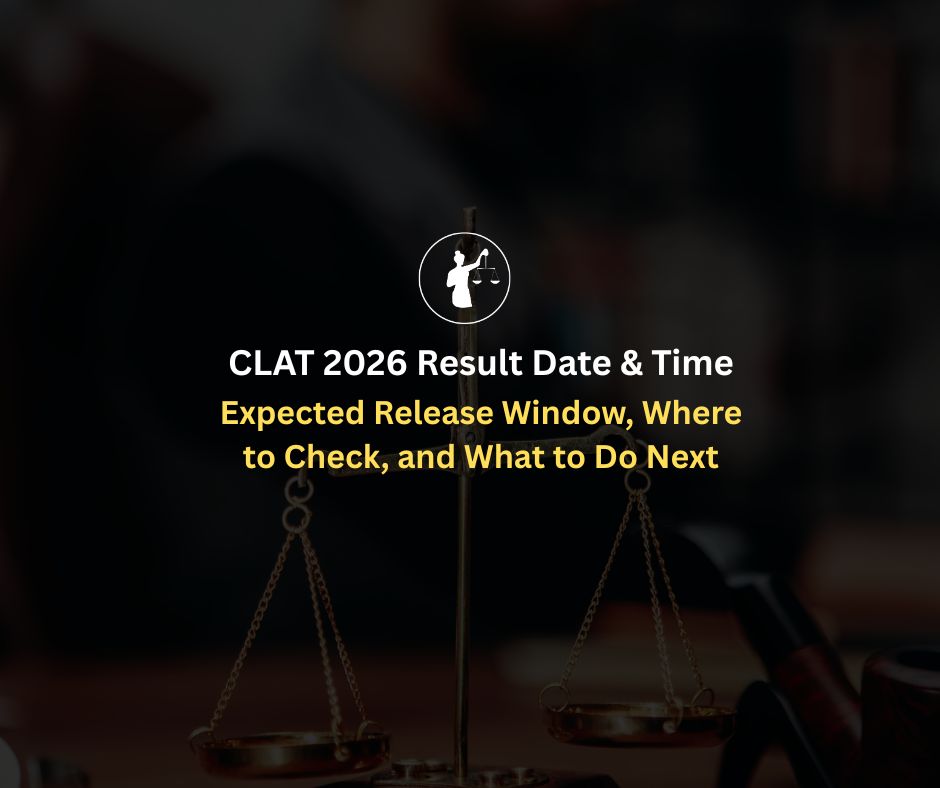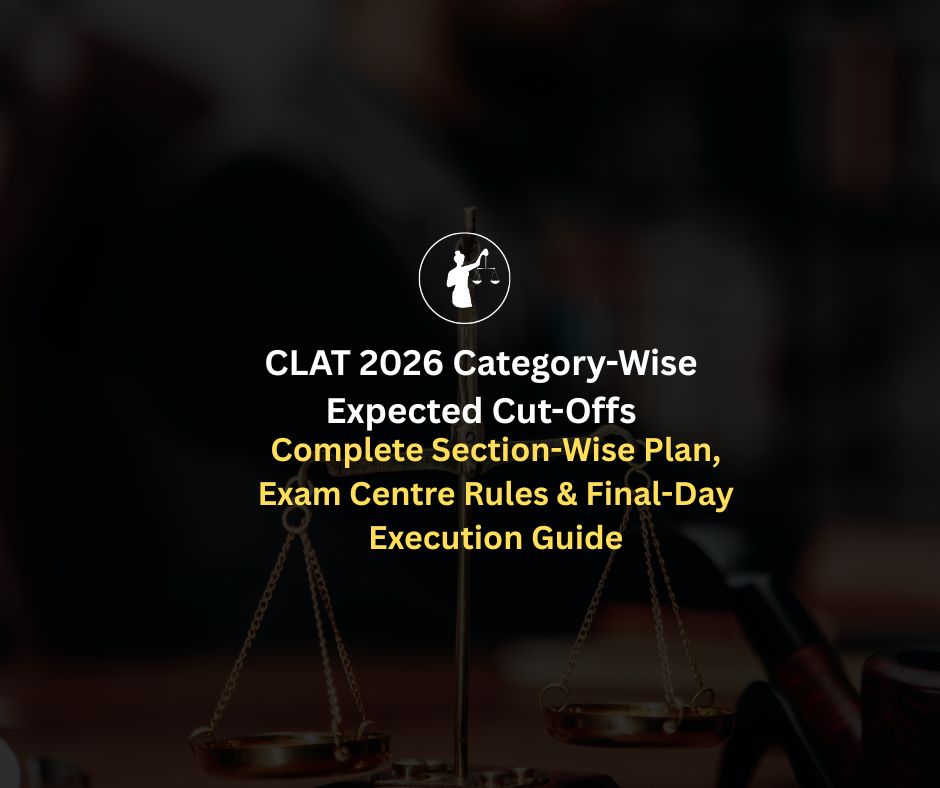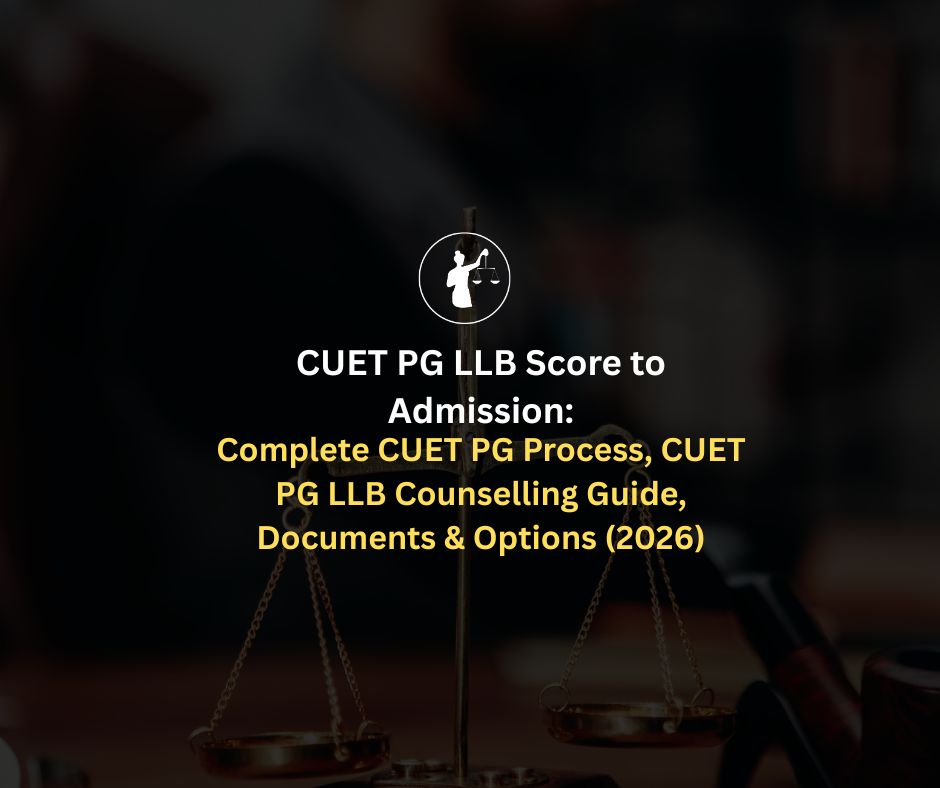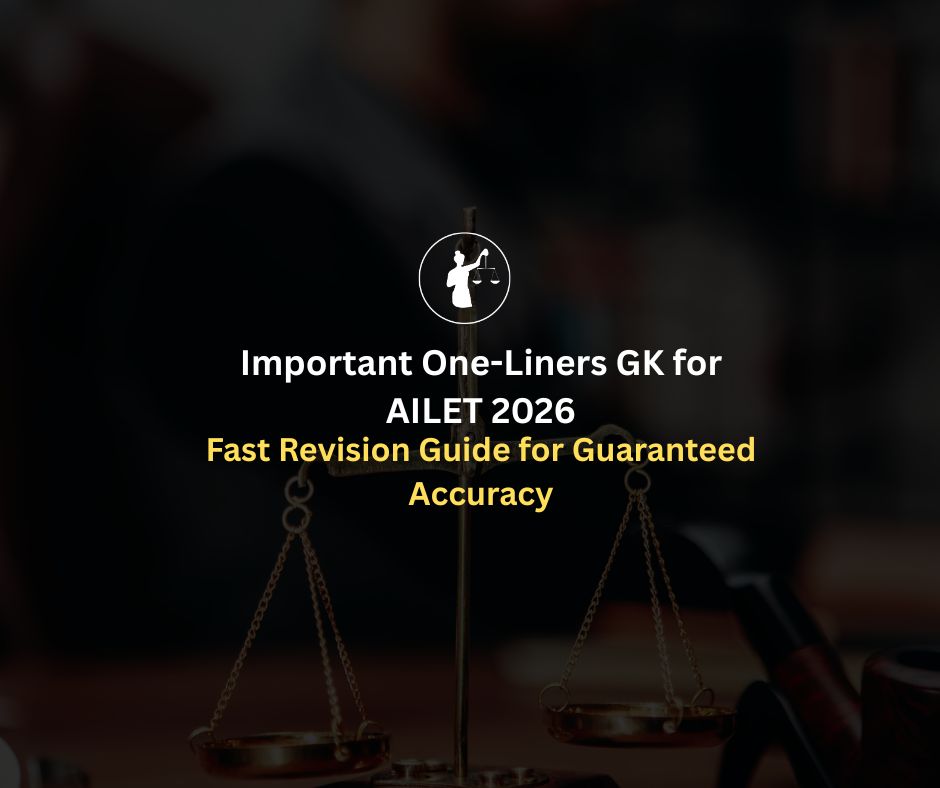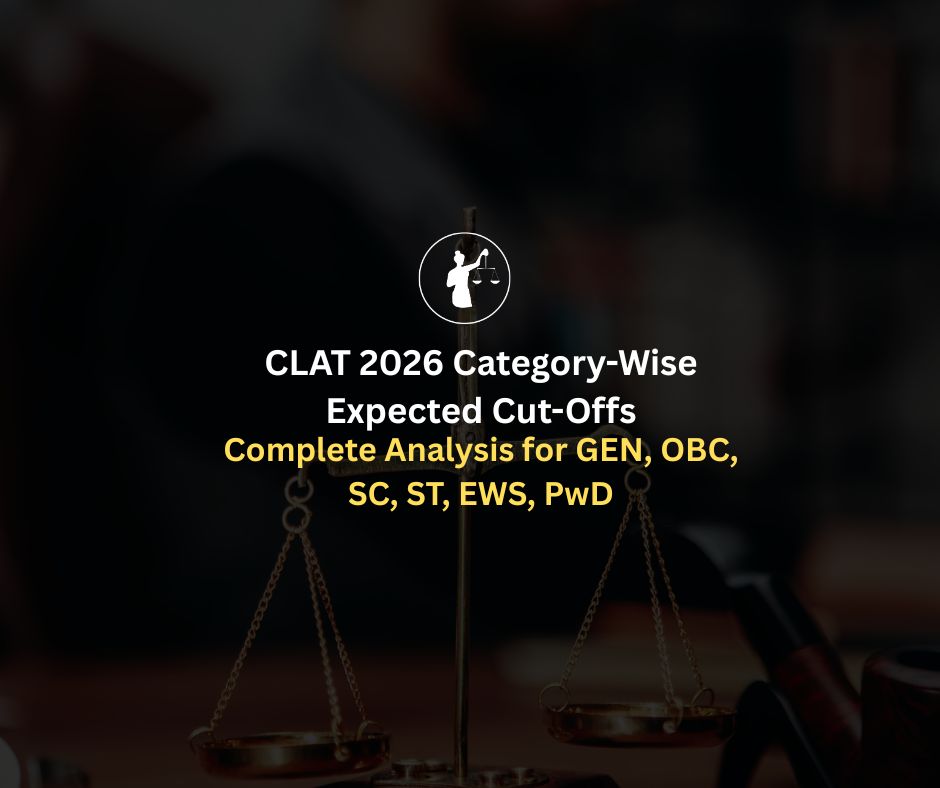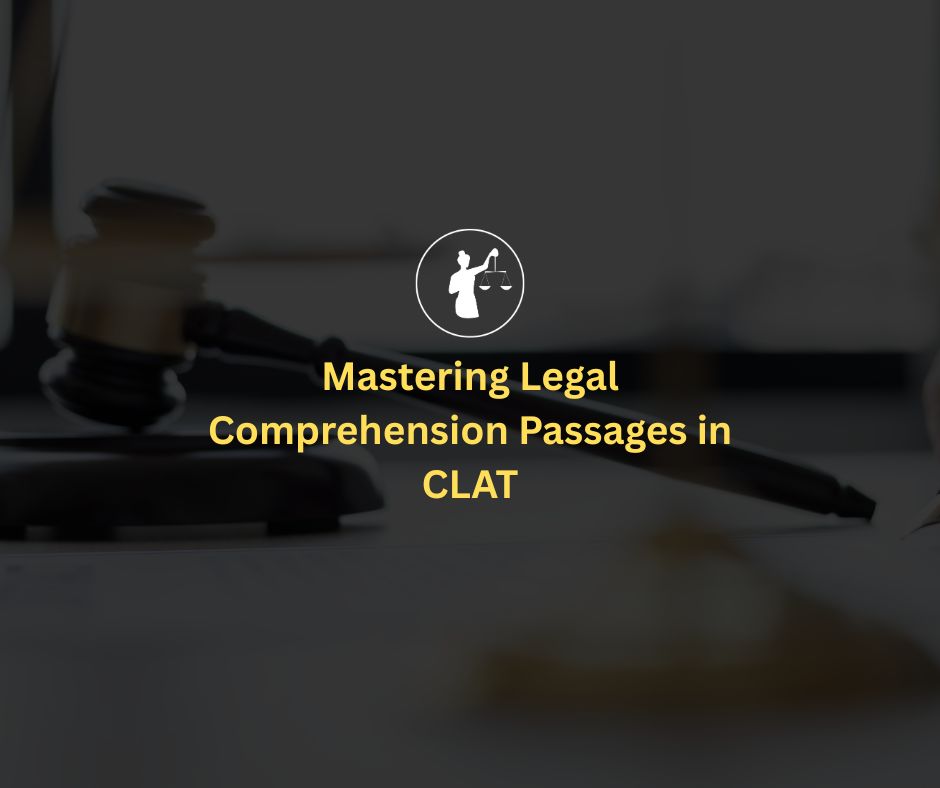
Summary
Legal Comprehension in CLAT tests legal logic more than vocabulary. To score high, you must read for structure, not words. This guide gives a repeatable method for how to read legal passages for CLAT, actionable CLAT legal comprehension tips, a timed practice plan, and concrete drills you can start today.
Best CLAT Coaching Online 2026–2027 by NLTI
Legal passages are dense for a reason: they compress rules, exceptions, and policy reasoning into short space. Standard speed-reading fails because it misses qualifiers and exception patterns that determine answers. Expert legal readers treat such texts as structured arguments, not narrative prose. Teaching those strategies improves comprehension fast.
Read the first sentence and ask: is this a rule, an exception, a policy critique, or a judgmental summary? Framing sets focus and reduces re-reads. (This is the single fastest accuracy gain.)
Underline the main rule clause, then circle exceptions and qualifiers (unless, provided that, only if). Most traps hinge on missed qualifiers.
Convert the passage into one conditional line: “If A then B, except C (unless D).” This forces clarity and becomes your reference for options. Law teachers call this a “rule skeleton.”
Visualize the rule on the left and the exceptions on the branches. For complex passages add a third node for consequences. This quick diagram prevents option sprawl during elimination.
Ask: will they test inference, application, or counter-example? Predicting saves time and prevents option bias.
Discard options that contradict qualifiers or introduce new, unsupported premises. Inference questions rarely require outside facts.
If two options seem plausible, test both against rare exceptions in your one-line summary. Choose the one that survives every branch of your tree.
Read More: How to Create an Effective Daily Study Plan for CLAT
Target reading speed: 200–240 wpm for 80–90% comprehension on legal prose. Don’t chase raw words; chase correct first-pass answers.
Time allocation: 2–2.5 minutes per legal passage (including questions). Use a stopwatch until this becomes automatic.
Precision metric: Aim for a 90% elimination rate on distractors within 30 seconds per option.
Qualifier drill (daily, 10 min): Pick 6 short legal sentences and rewrite them, replacing qualifiers (e.g., convert “unless” → “only if”) to feel how meaning flips. This builds qualifier sensitivity fast.
Skeleton drill (daily, 15 min): Read a 300–450 word legal passage. Immediately write the one-line legal summary and a 3-node tree. Then answer 3 custom questions you create. This turns passive reading into applied memory.
Prediction drill (3× weekly): Read the passage first, predict 3 likely question types, then check official questions. This trains your anticipation muscle and reduces option bias.
Backward elimination (weekly): Start from wrong options and work backwards to see why they lure students. This “mirror solving” exposes common traps.
Read More: Top 10 CLAT 2026 Prep Mistakes and How to Avoid Them
Research on how law students read shows that explicit instruction in structure and question generation improves comprehension rapidly. Teaching students to pose hypotheticals while reading builds the same analytic habit tested by CLAT inference and application items. Apply this by making one hypothetical per paragraph as you read.
1. First 12–15 sec: frame passage purpose.
2. Next 30–45 sec: underline rule/exception, jot one-line summary.
3. Next 20–30 sec: predict question types.
4. Last 20–40 sec: read options, eliminate by contradiction, and confirm with tree.
Practice until this becomes automatic.
Read More: How Online CLAT Courses Transform Exam Preparation
Legal ↔ Logical: Treat legal passages as mini-arguments. Apply the same negation test you use for inference/assumption problems.
Legal ↔ Current Affairs: Convert policy passages into one-line rules and test how changes in facts alter outcomes. This builds transfer for GK + legal items.
Error log: Track qualifier misses and type them into your mock error book. If a qualifier error repeats, make it a daily qualifier drill until fixed.
Read More: Online vs Offline CLAT 2026 Coaching: Which Is Better?
At NLTI, legal comprehension isn’t just a module; it’s built into every mock and feedback session. We provide:
Passage walkthroughs with logic mapping, not line-by-line translation
Mini quizzes on qualifiers, exception spotting, and thematic inference
Mentor-guided review of every wrong attempt using your summary + tree method
With NLTI’s structured method and consistent drills, CLAT legal comprehension tips and how to read legal passages CLAT becomes part of your instinct, not just practice.
Read More: CLAT 2026 Guide: Exam Structure, Syllabus & Eligibility
1. What is the main skill tested in CLAT legal comprehension passages?
CLAT legal comprehension passages primarily test your ability to apply a legal principle to new facts. The focus is not on remembering case laws but on logical reasoning based on given text.
2. How many legal comprehension passages appear in CLAT?
Typically, there are four to six passages in the Legal Reasoning section, each followed by five to six questions. Exact numbers vary slightly every year, but the pattern remains consistent.
3. Is prior knowledge of law required for legal comprehension in CLAT?
No. CLAT passages are self-contained. You only need to understand and apply the information given, which is why learning how to read legal passages CLAT correctly is crucial.
4. How can I improve accuracy in legal comprehension questions?
Use structured reading: identify the rule, underline exceptions, and make a one-line summary before viewing options. This method, part of proven CLAT legal comprehension tips, improves accuracy and time control.
5. What are common traps in CLAT legal passages?
Common traps include ignoring exceptions, misreading “unless/only if,” and assuming outside facts. Many wrong answers seem right until you check these qualifiers.
6. Can I prepare for legal comprehension without coaching?
Yes, if you follow a disciplined plan. Practice one passage daily, create a “rule skeleton,” and review errors weekly. Mentorship helps, but independent practice works if you maintain structure.
7. How much time should I spend on each legal passage in CLAT?
Ideally 2 to 2.5 minutes per passage, including reading and answering. Timed drills and mock simulations help achieve this benchmark.
8. How does NLTI help with legal comprehension mastery?
NLTI mentors from NLSIU teach students to break passages into rule–exception–application maps, run qualifier drills, and provide one-on-one review sessions, making CLAT legal comprehension tips practical and measurable.
